By: Warren Lancaster, Senior Vice President, Programs
Recently I stood at East Cape lighthouse, the eastern most point on New Zealand’s north island and thus the first place on which the sun shines in the Southern Hemisphere. There were just 5 people there that morning and, to the romantics amongst us, it is appealing to think that in a world of 7 billion people we were the first on the planet to see a new day dawn.
Seeing the sunrise, it recalled for me the period when the END Fund was being created and what we were contemplating as impact investors in neglected tropical diseases (NTDs). Why did we propose “END” (short for Ending Neglected Diseases) as the name when none of us imagined the END Fund would rid Africa of NTDs.
How would we measure success? How would we know if we had achieved the spirit of what we imagined from this investment?
Our planning coincided with the rise of the concept, “new philanthropy.” There was growing confidence that a philanthropic impact-investing approach would disrupt the status quo of third sector granting and create opportunity for initiatives of audacity. This was the spirit that birthed and continues to nurture the END Fund.
But we also thought practically, with our feet on the ground. We committed to raising at least $100 million and treating a minimum of 50 million people. However, we understood that these two metrics are primarily outputs, not impact – and as impact investors, we considered what impact would satisfy the disruptive ambition of the END Fund?
We knew we could not cure everyone in Africa, – nor did we ever see that as our mandate or invitation. Our ambition was different. Our goal was to cure some and thereby catalyze change on a grand scale so that everyone would be cured. This is impact.
There are two unique factors in the endeavor to control and eliminate NTDs that make this grand challenge worth embarking upon. First, all the drugs necessary to treat everyone in need are free and currently valued at approximately $4 billion annually (note to private sector investors: no scarcity of supply). Second, these free and effective drugs can be distributed via the long “last mile” to the lowest income families in rural Africa for less than 50 cents per person per year (note to private sector investors: ultra-low cost supply chain).
Combine these two components and the return on investment is without precedent or parallel in public health (and astounding even to the most astute investors). If the world achieves the NTD control and elimination targets set for 2020, $623 billion in productivity gains would be generated between 2015-2030.
Our theory of change mirrored the phrase from the film Field of Dreams; “build it and they will come.” Our assumption was that if we could consistently demonstrate effectiveness by underwriting the cost of launching and establishing interventions at the invitation of African governments, the ROI would speak for itself. The value proposition would be so evident that these governments would then prioritize NTD interventions even from limited public health budgets.
Watching the sun come up, I had to concede that our theory of change has not been proven. One pivotal element of the model remains resistant to proof: adoption of NTDs as a priority investment of public health financing in Africa – a continent that bears over 40% of the global NTD burden.
By every other measure, the END Fund has been remarkably effective. Since our launch in 2012, we have raised over $50 million and, as a result of our investments, by the end of 2016 we are on track to deliver treatments to 114 million people for an estimated $164 million worth of drugs.
But have we achieved our grand challenge? Not yet. Nor will it be achieved until an authentic global south movement emerges, coalesces and reaches critical mass in order to cure infected people and remove environmental risk factors. Until then, we will continue to invest, amass evidence, and promote the case for support.
In the meantime, we join our voice with others in the NTD sector to sound a new and uniting call to governments of NTD endemic countries: review the evidence, examine the ROI, and consider public financing for a health investment without parallel.
What sunset did we imagine for the END Fund? In our heart of hearts, I believe we envisioned an Africa without NTDs.


